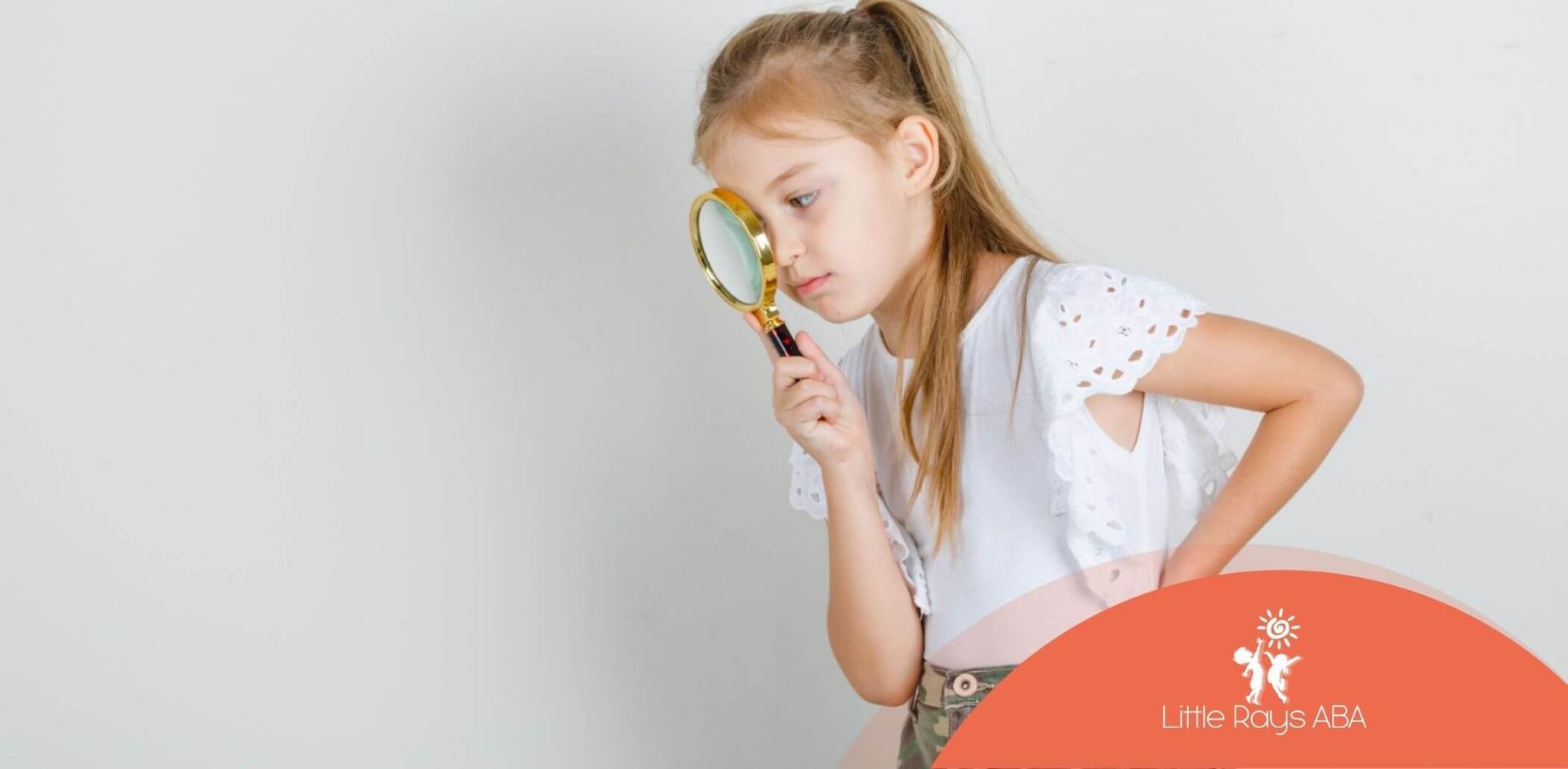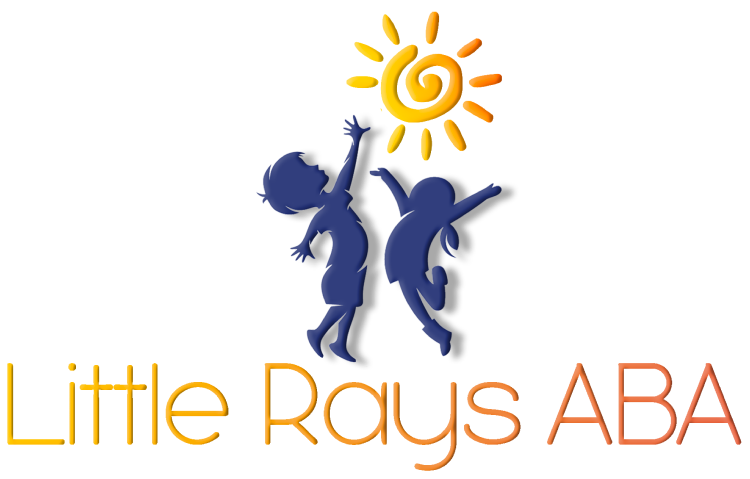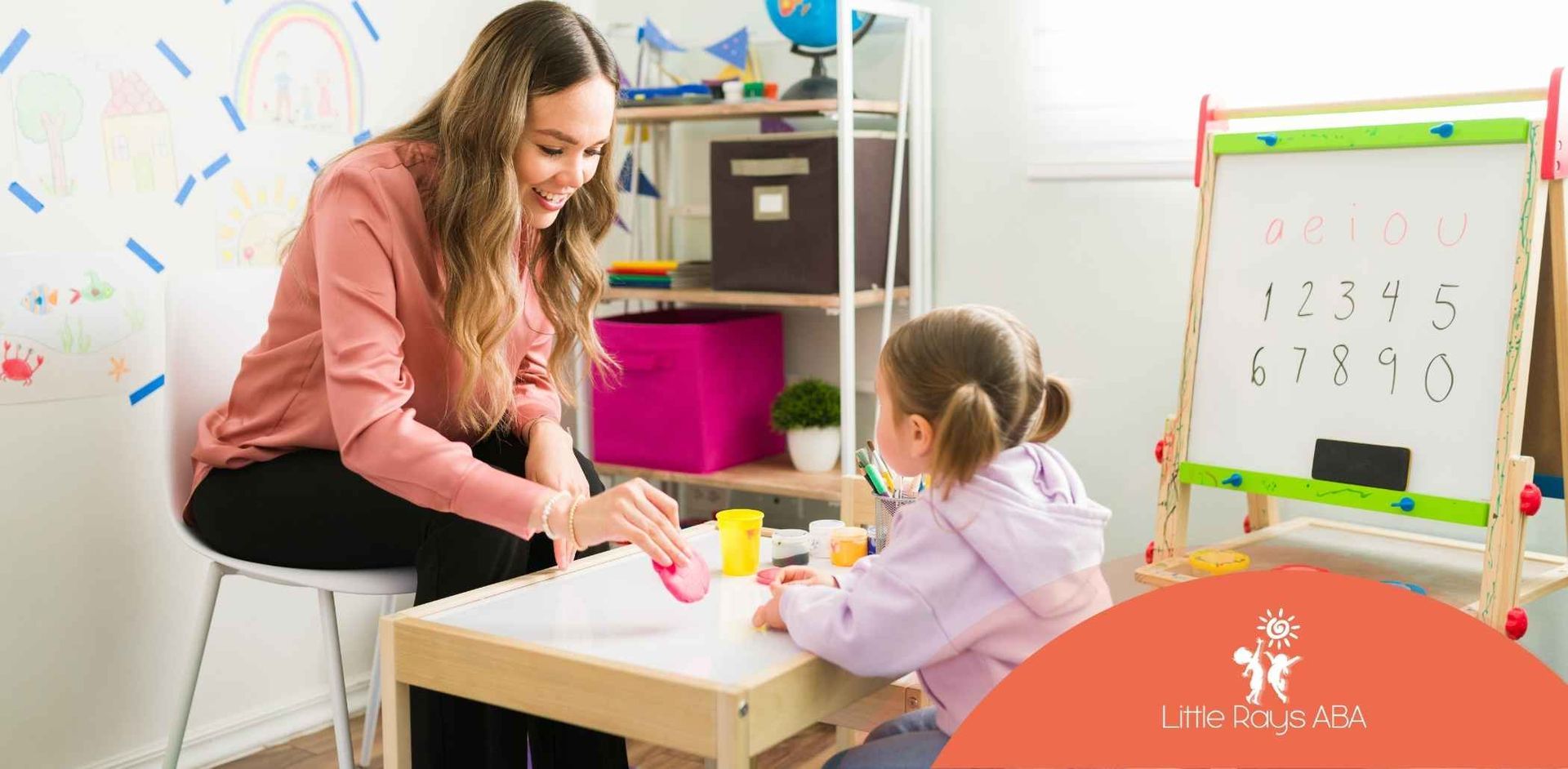
Autism Obsessions Explained: List of Common Interests and How to Support Them
Many autistic children and adults develop strong special interests — often called obsessions. While the word obsession may sound negative, these focused passions are actually a big part of autism. They bring joy, comfort, and even valuable learning opportunities.
What Are Autism Obsessions?
Autism obsessions (or special interests) are intense fascinations with specific topics, objects, or activities. Some children may talk about their interest non-stop, while others collect, research, or spend hours engaged with it.
These interests can be:
- Comforting (reduce anxiety and stress)
- Educational (help build knowledge and skills)
- Motivational (encourage learning and communication)
Common Autism Obsessions List
Here are some examples of common special interests in autism:
Examples of Special Interests
Expand a category to see common examples and how they often show up in real life.
Note: Every autistic person is different. Special interests can be unique, personal, and change over time.
Supporting Autistic Obsessions
Instead of discouraging special interests, families can use them as tools:
- Incorporate them into learning activities
- Use them to encourage communication
- Build social connections through shared passions
- Celebrate strengths while balancing routines
At Little Rays ABA, we understand the importance of special interests in autism. Our therapy programs in Florida use these passions to motivate learning and growth through:
We focus on making therapy positive, engaging, and tailored to each child’s unique interests.
FAQs
1. Are autism obsessions harmful?
Not usually. Special interests can be positive, but balance is key to prevent them from interfering with daily life.
2. Do autistic obsessions change over time?
Yes. Some children hold the same interest for years, while others shift to new ones frequently.
3. How can parents use special interests in learning?
By connecting lessons (like math or reading) to the child’s favorite topics, learning becomes more engaging and fun.
Sources:
- https://www.healthline.com/health/autism/autism-fixation
- https://www.autismparentingmagazine.com/autism-hyperfixation/
- https://www.theautismservice.co.uk/news/fixations-in-autism/
- https://www.autismspeaks.org/expert-opinion/child-autism-obsessed-letters-and-numbers
Related Posts





